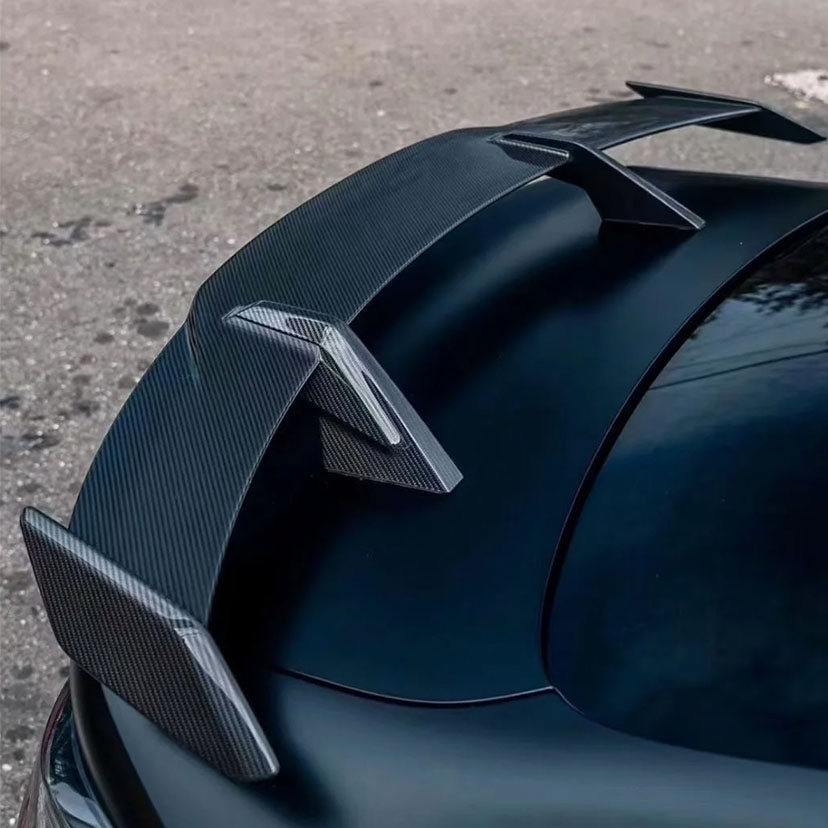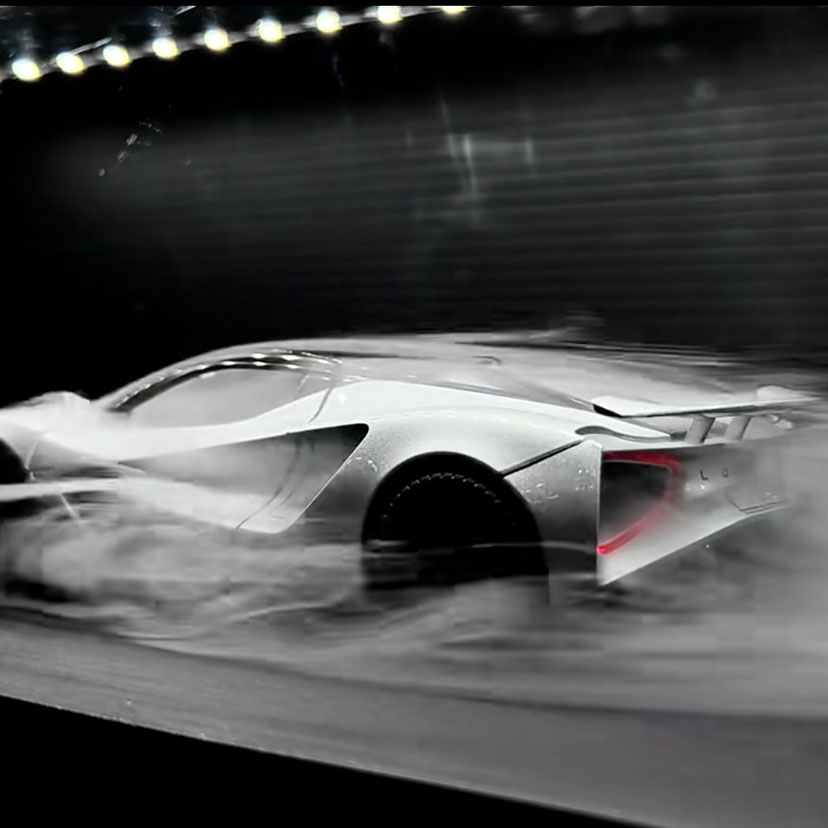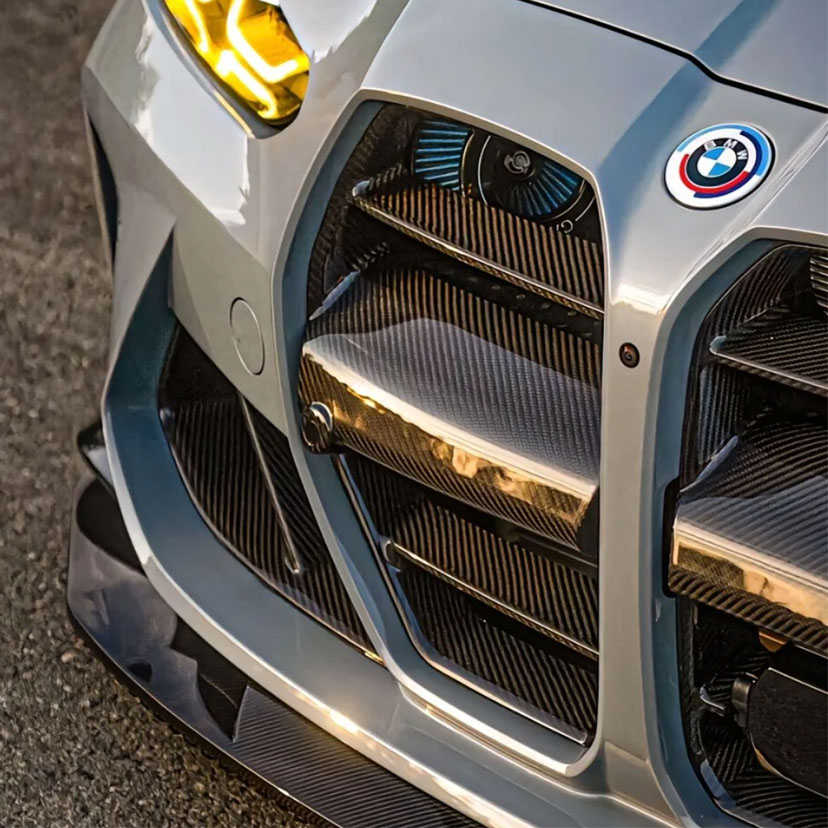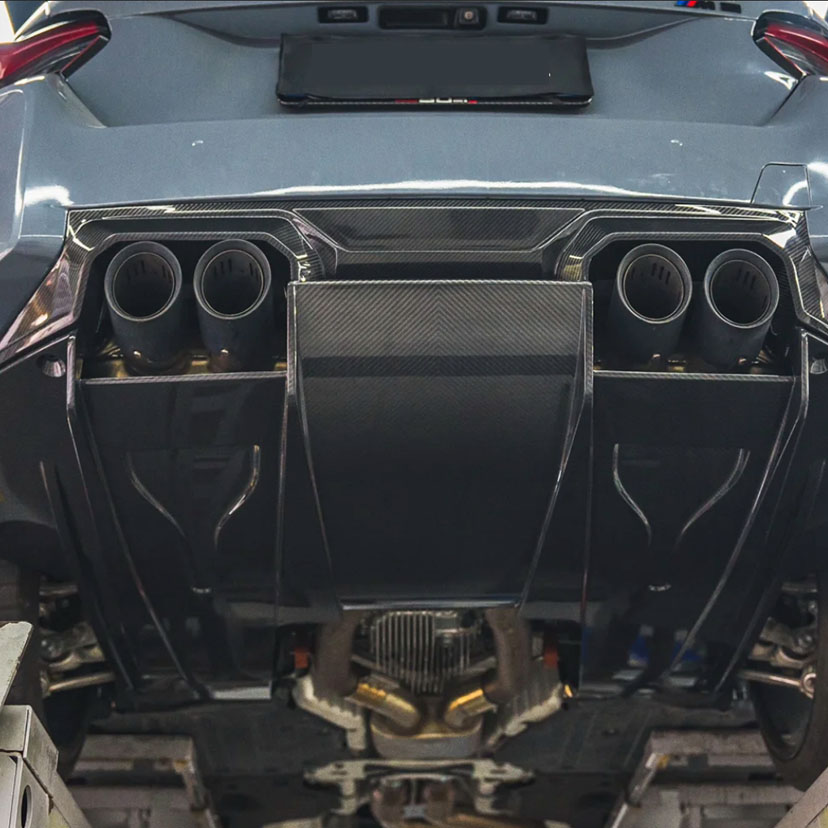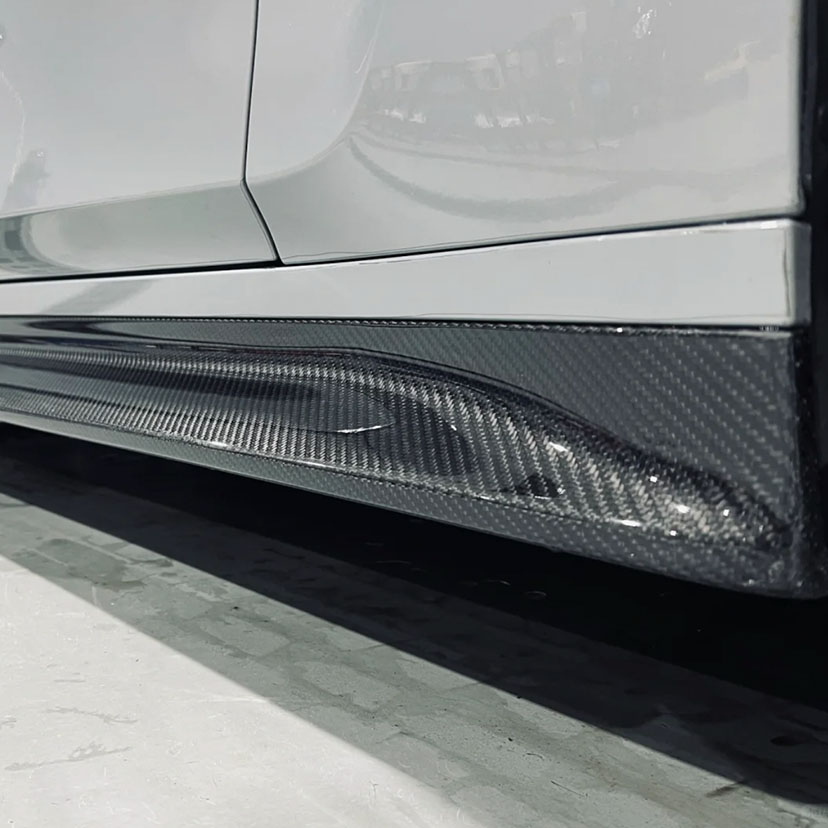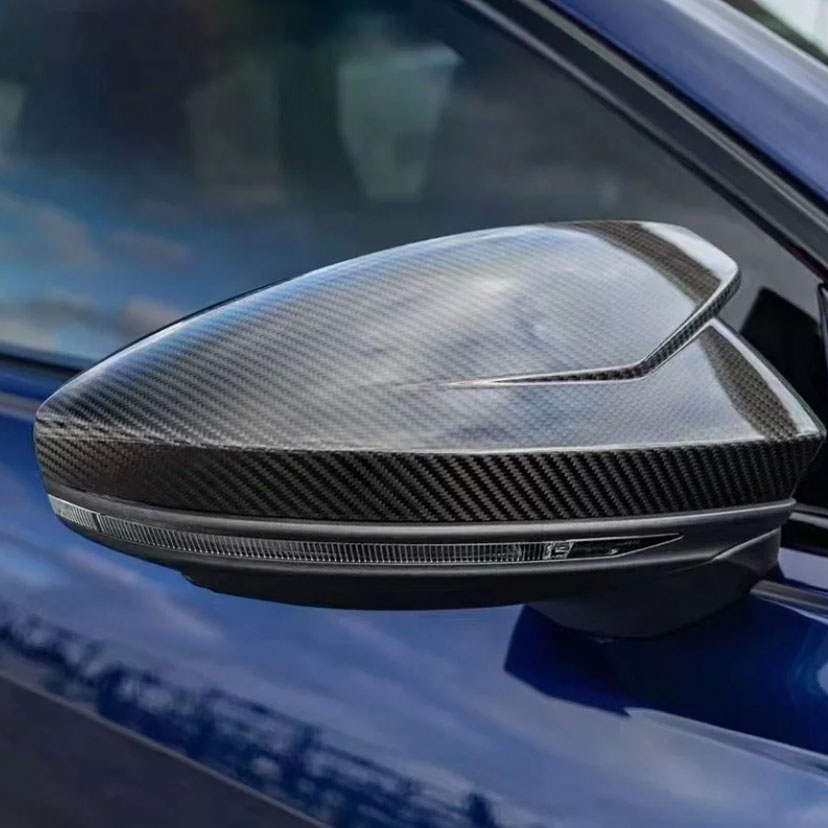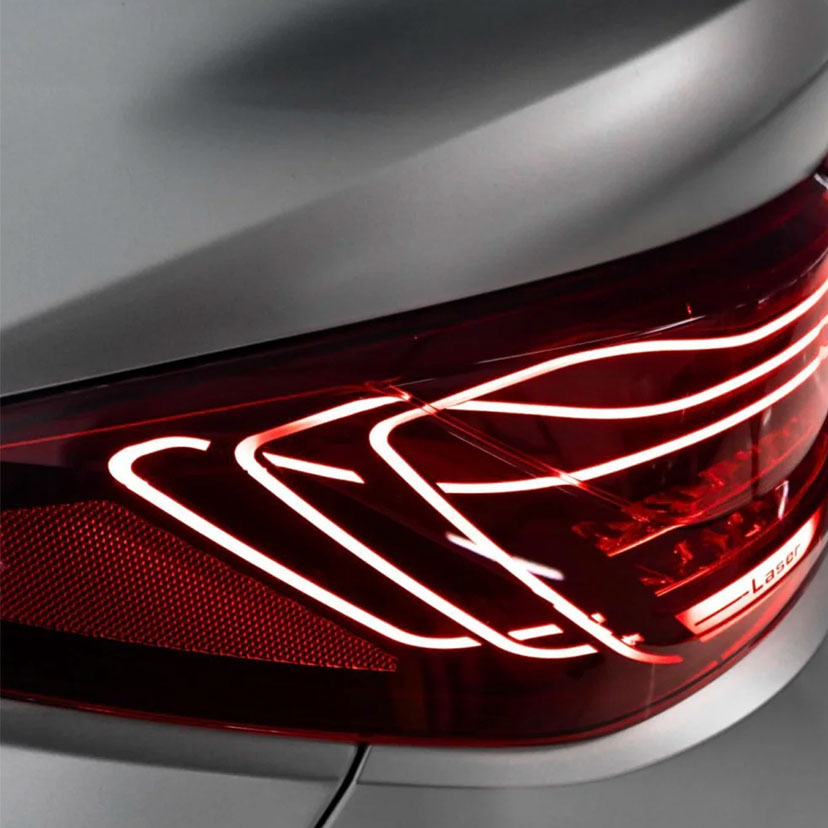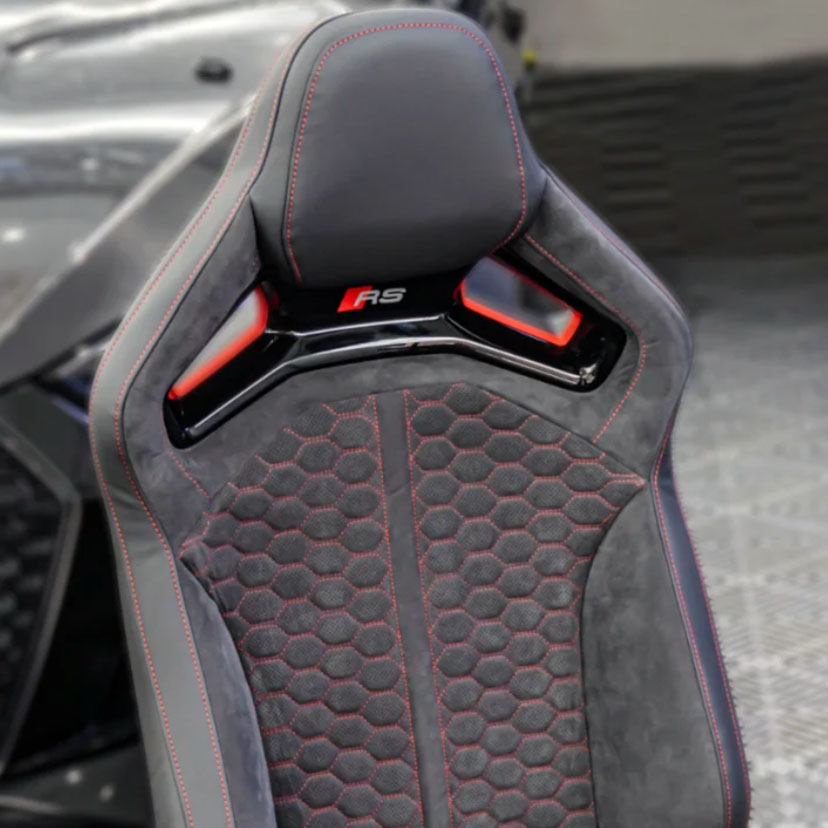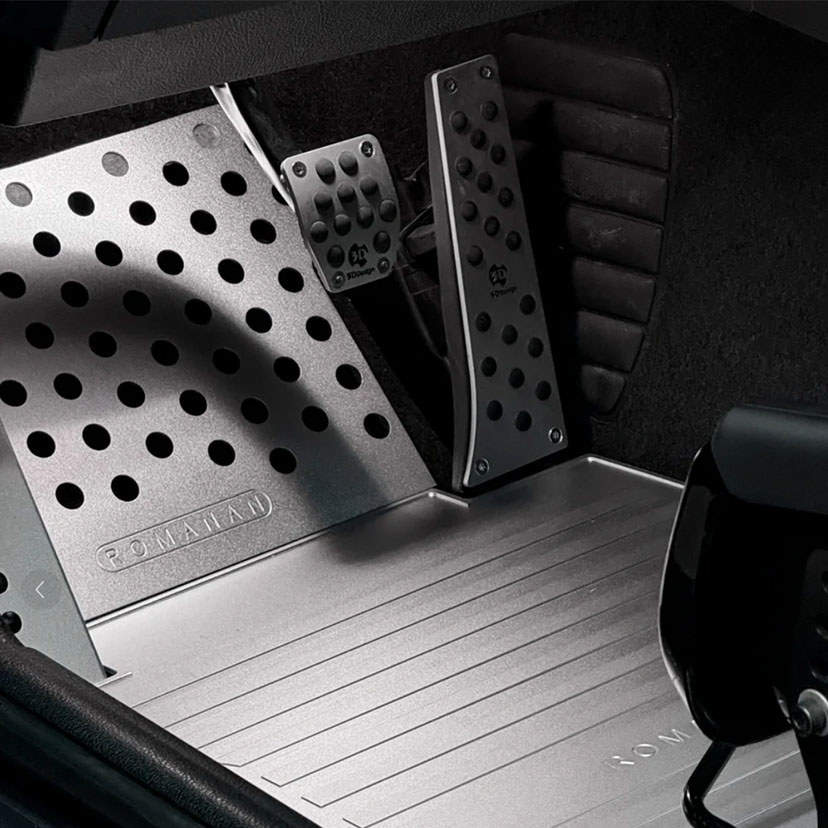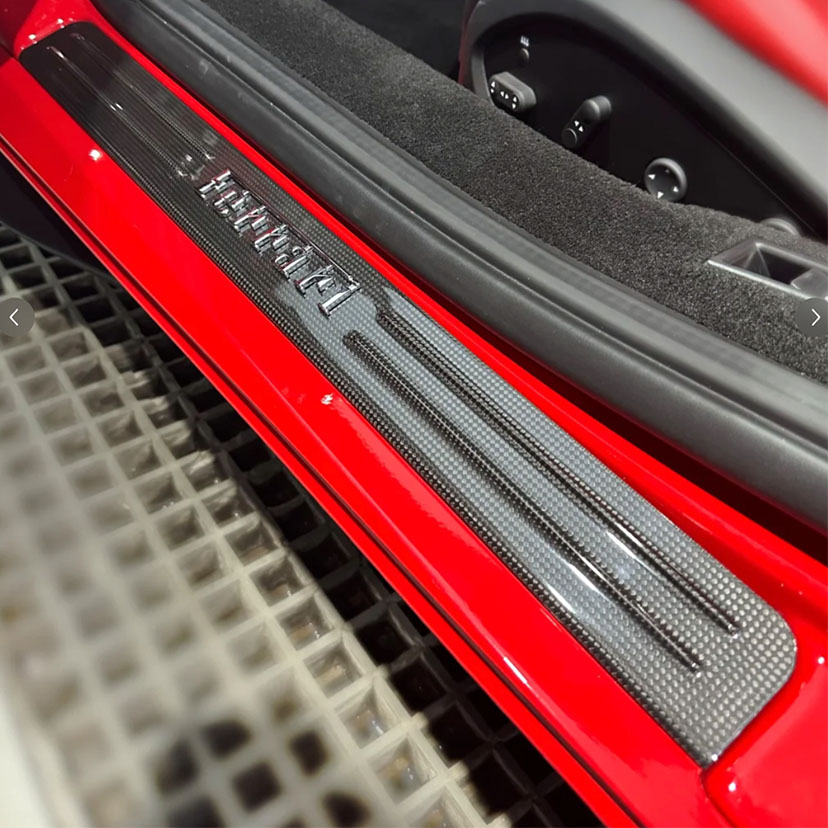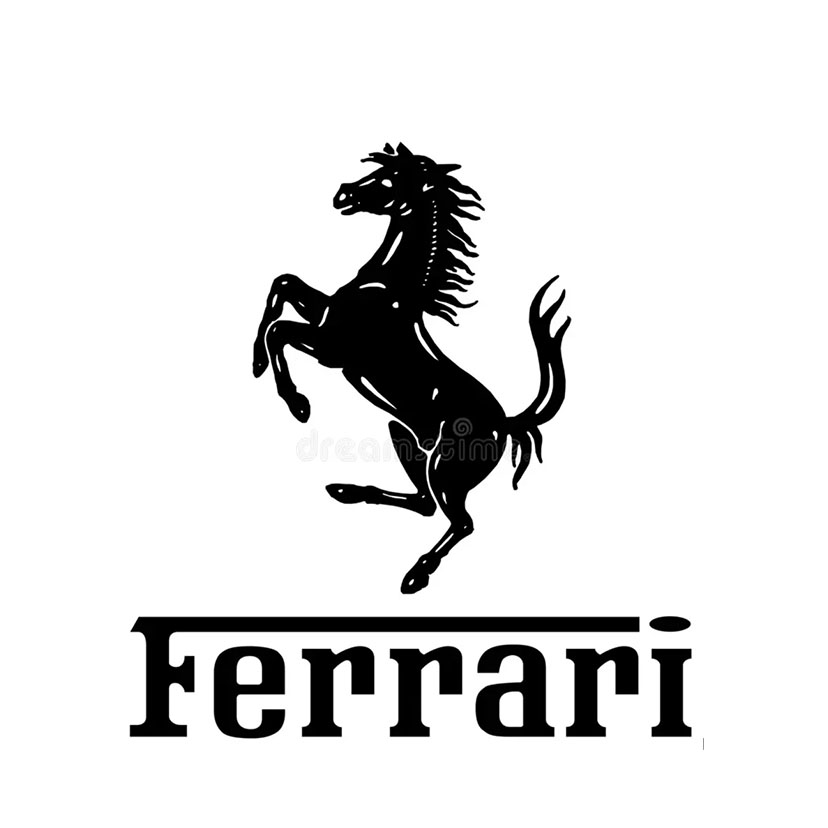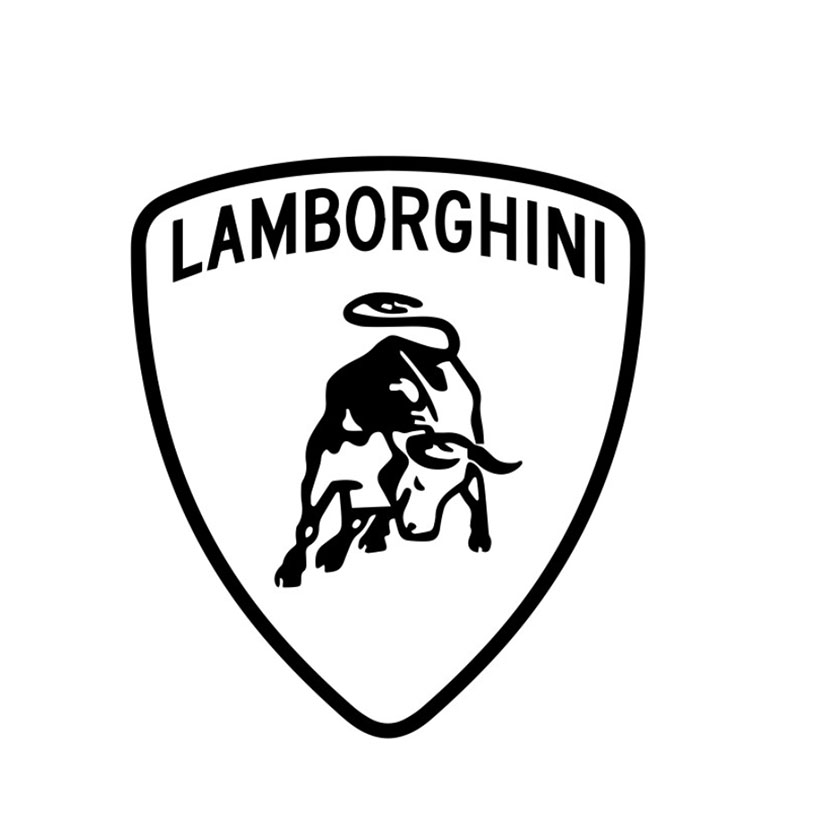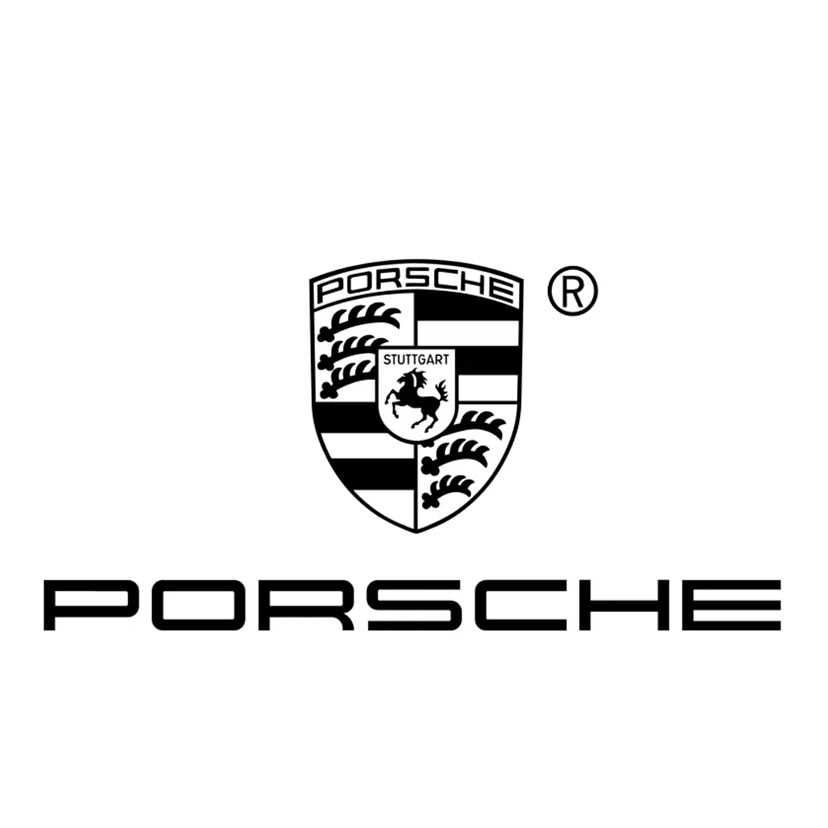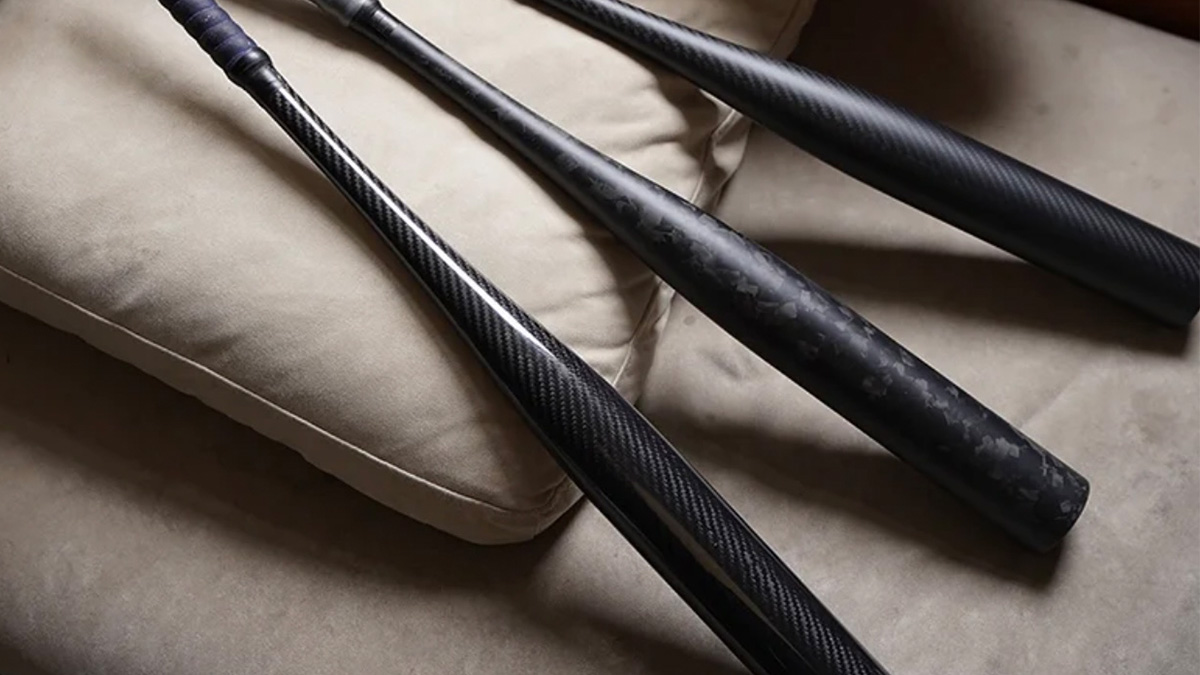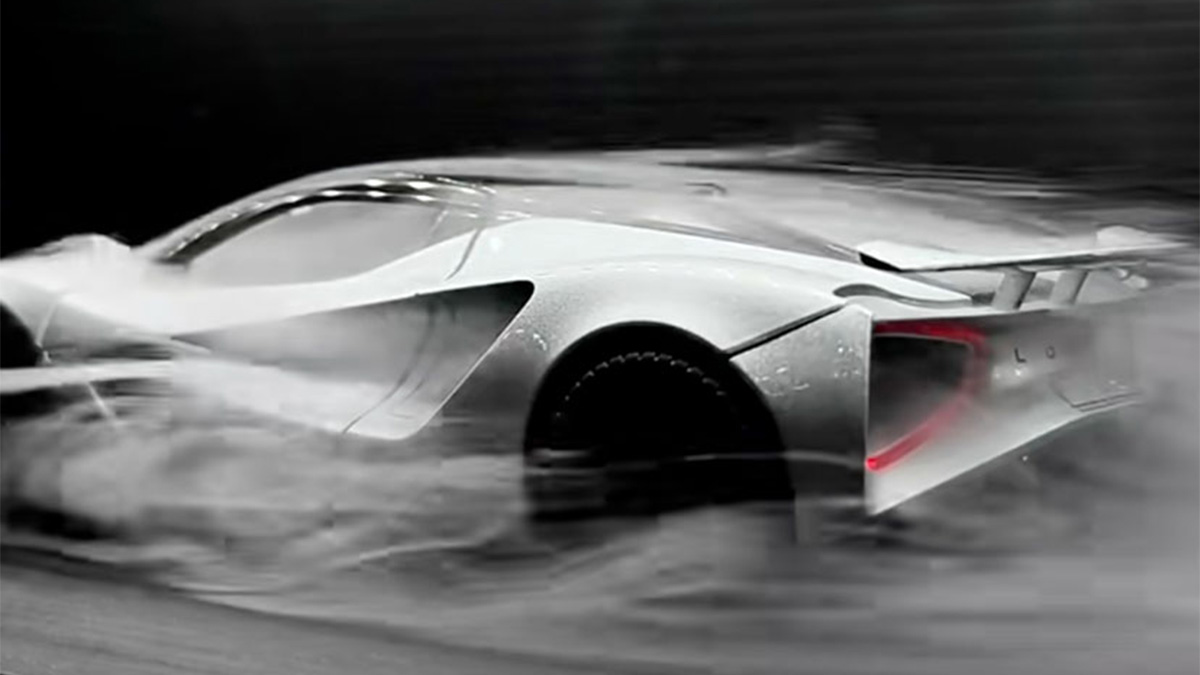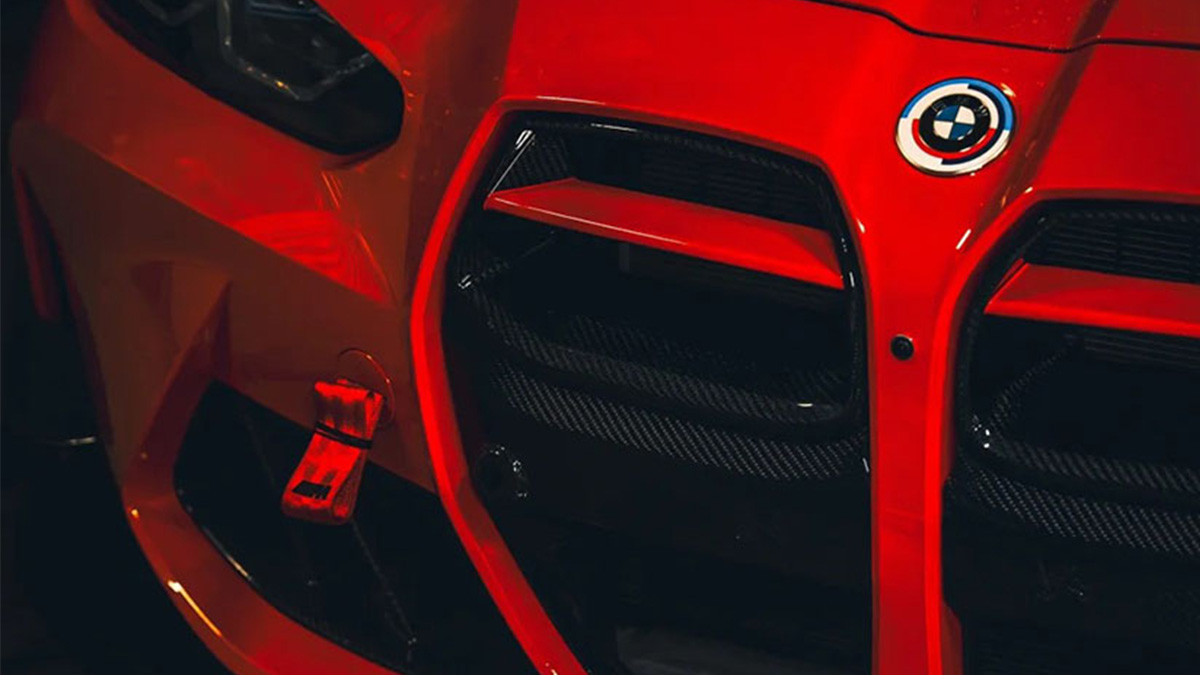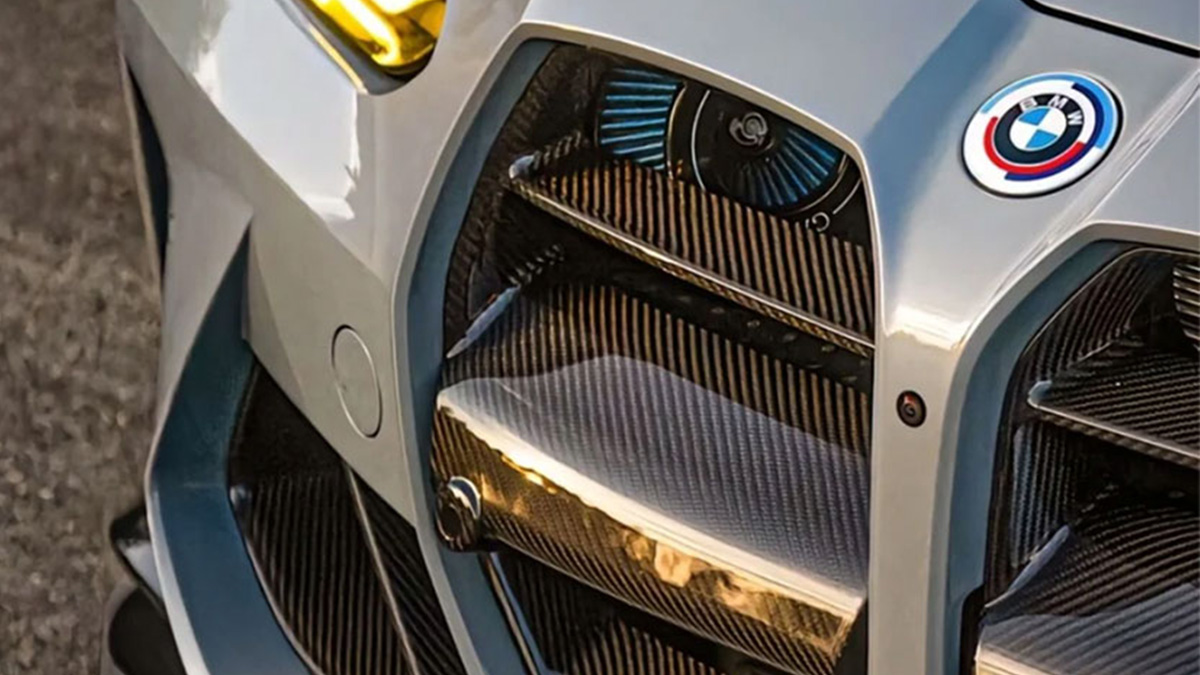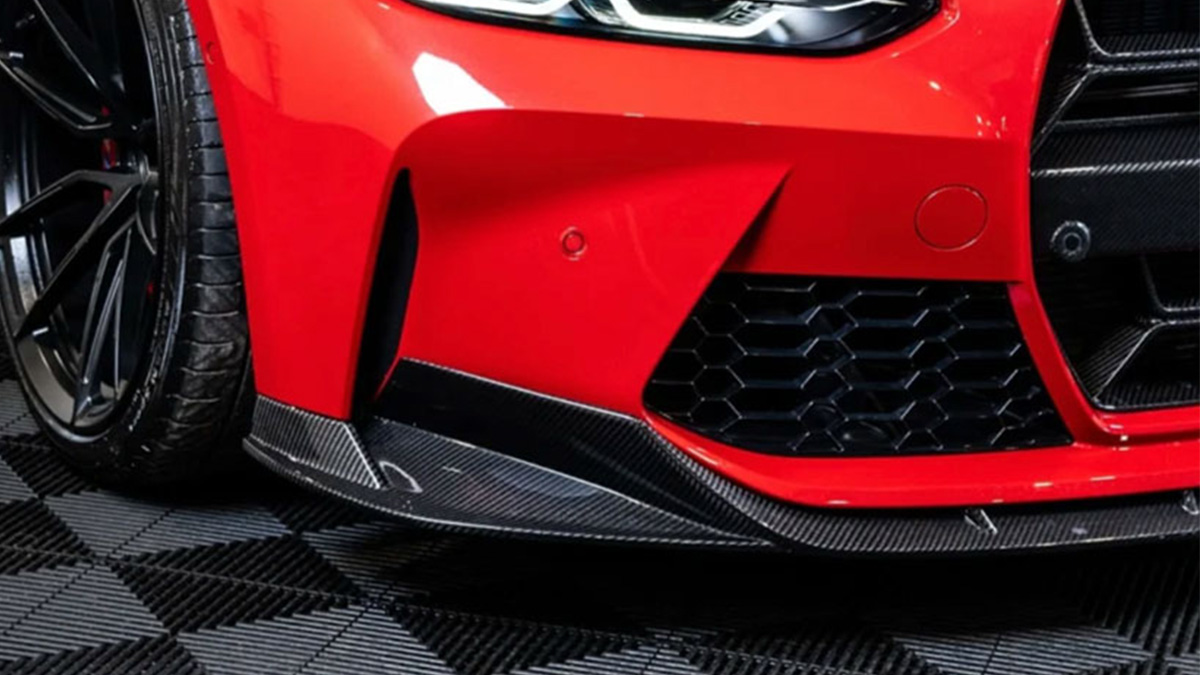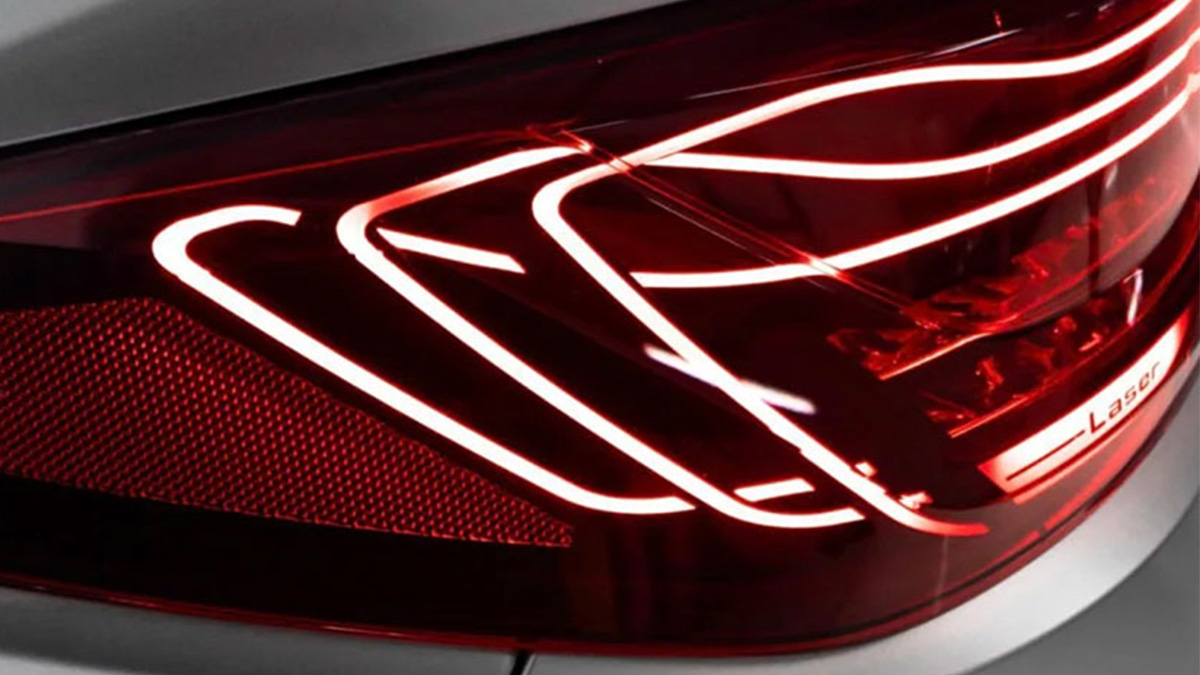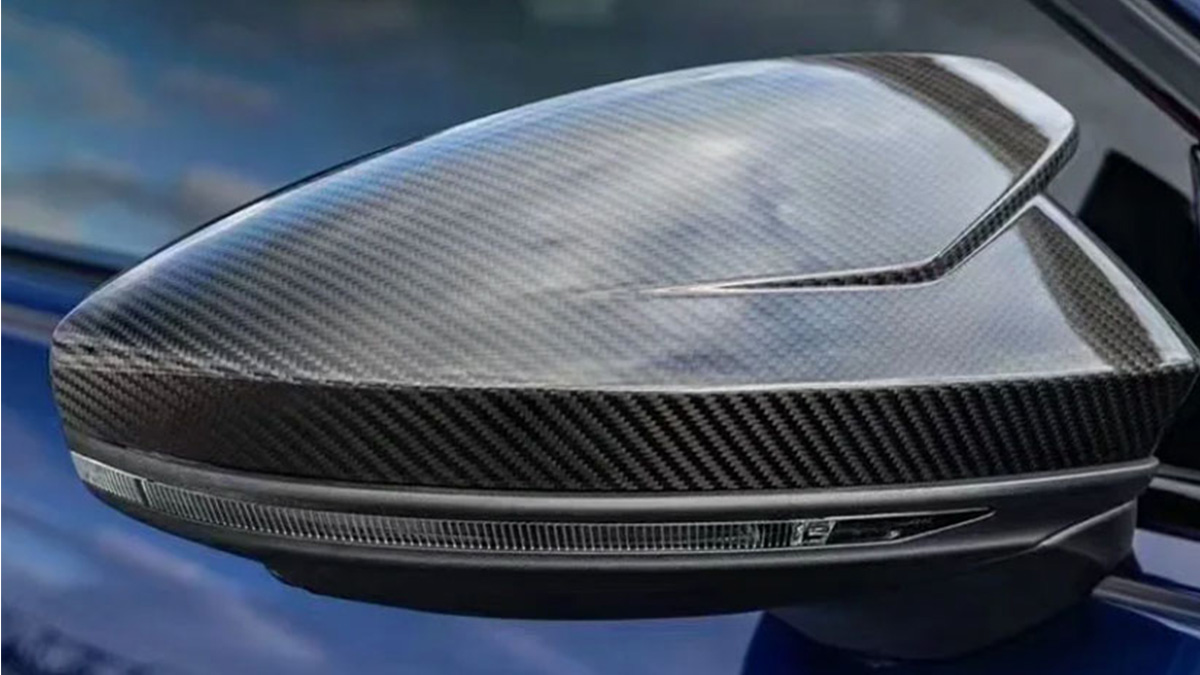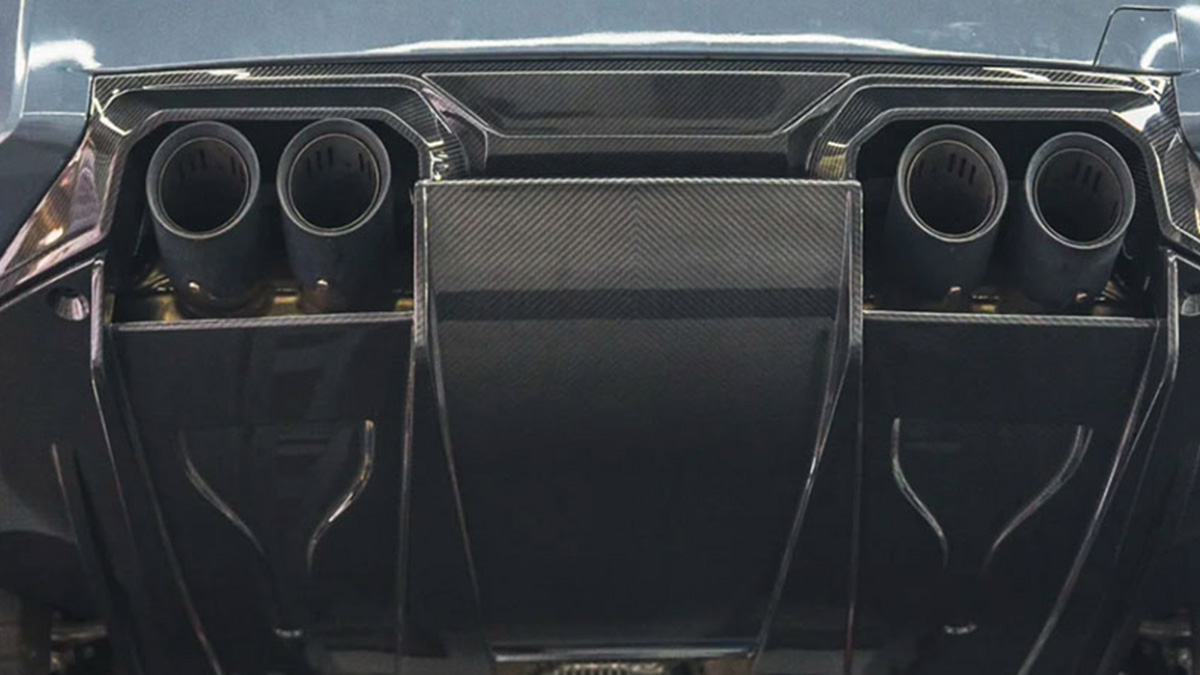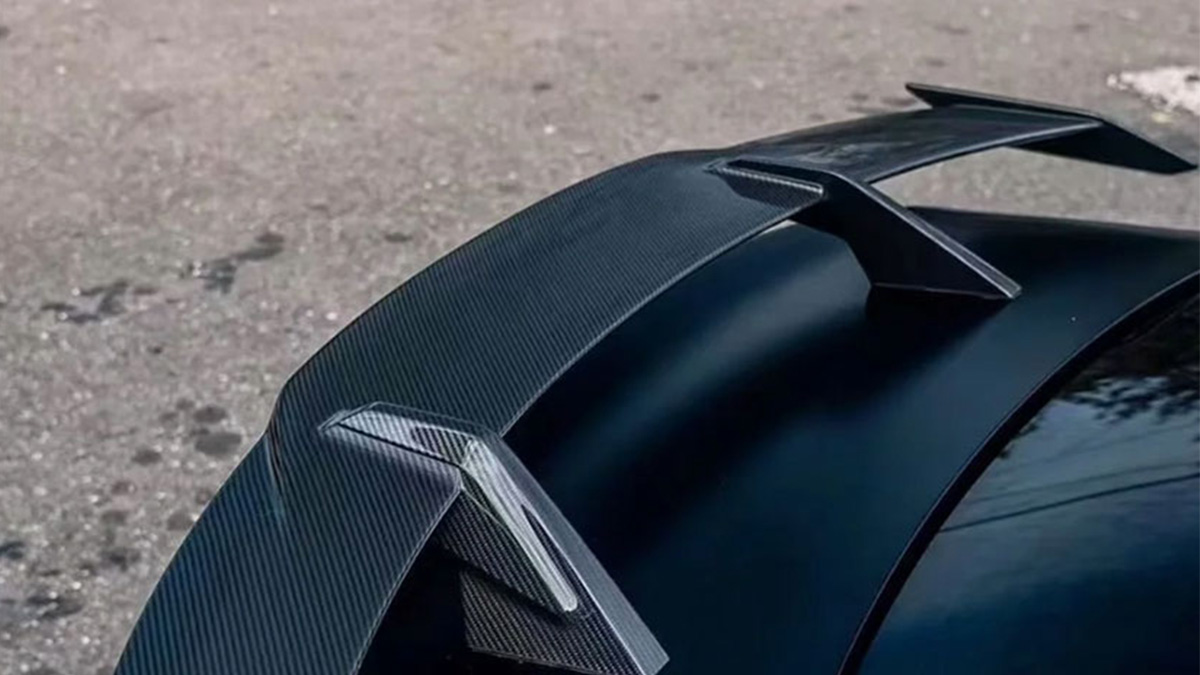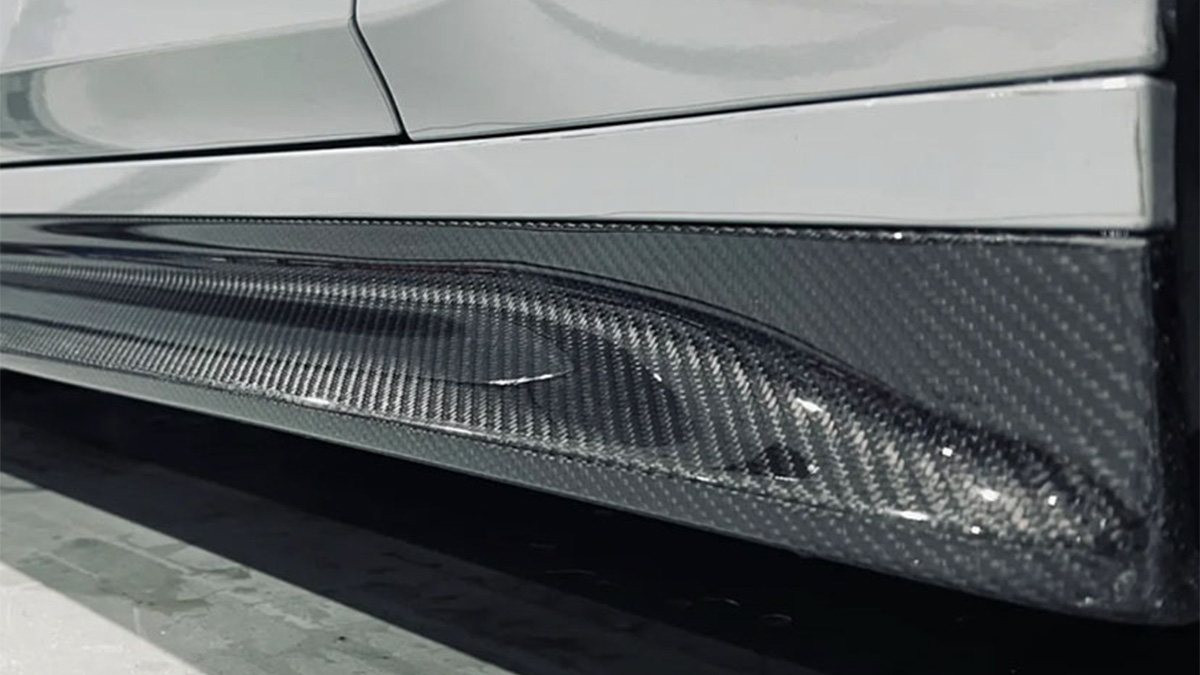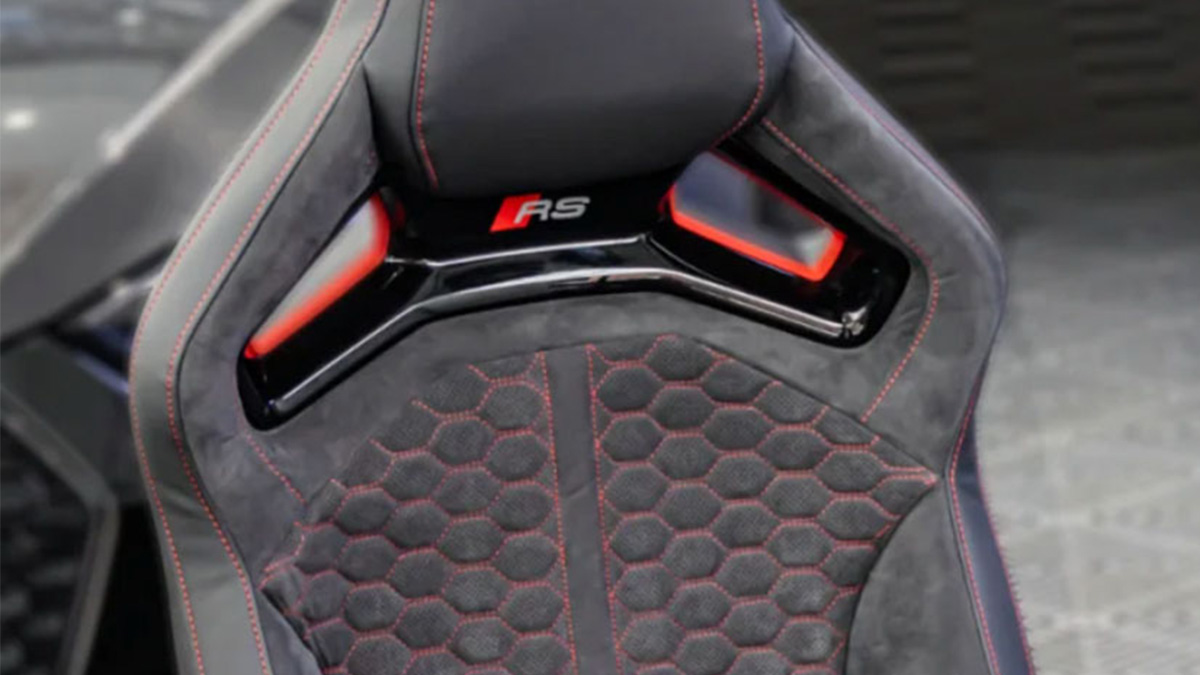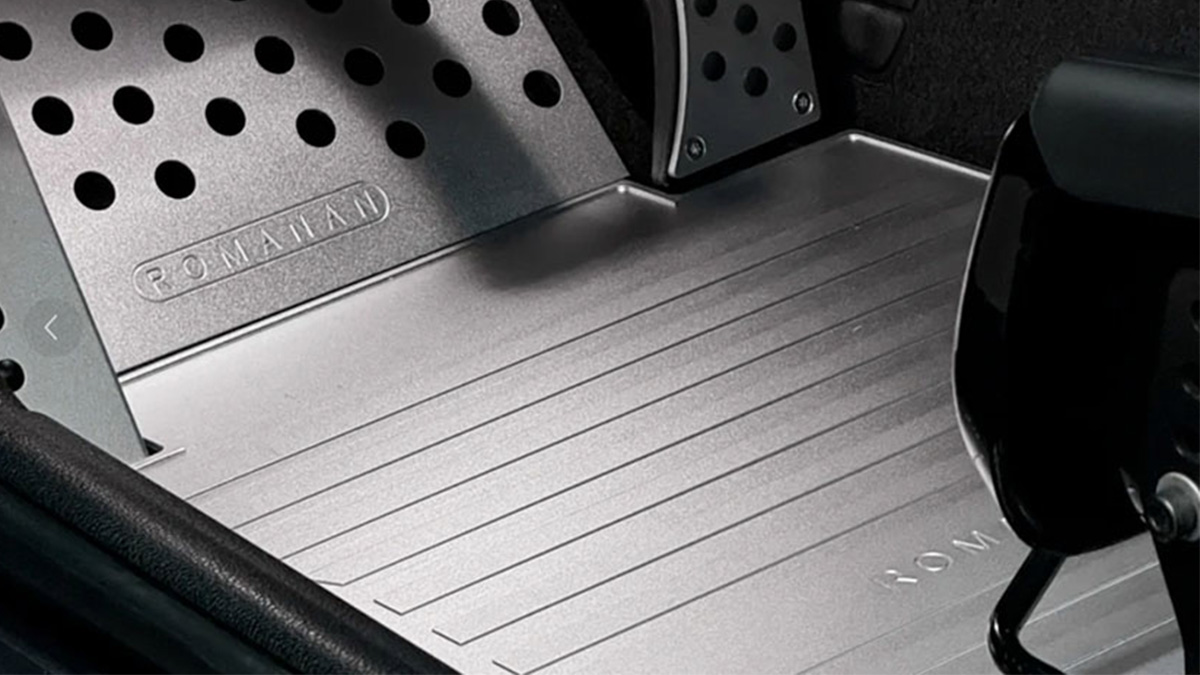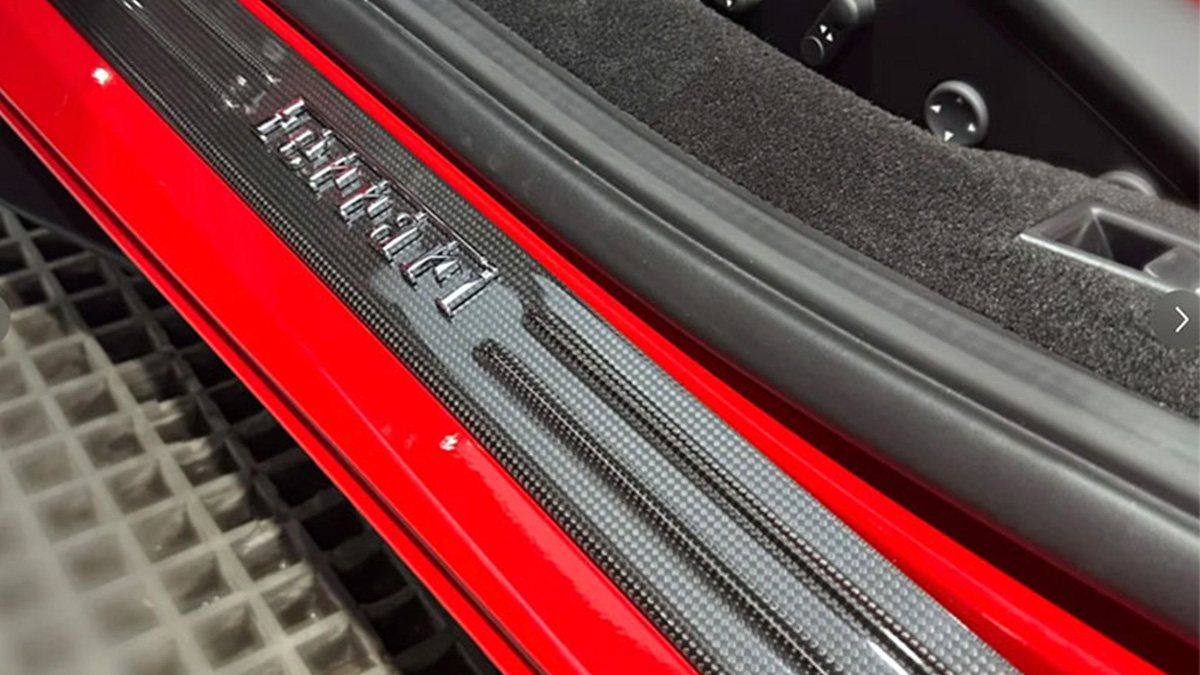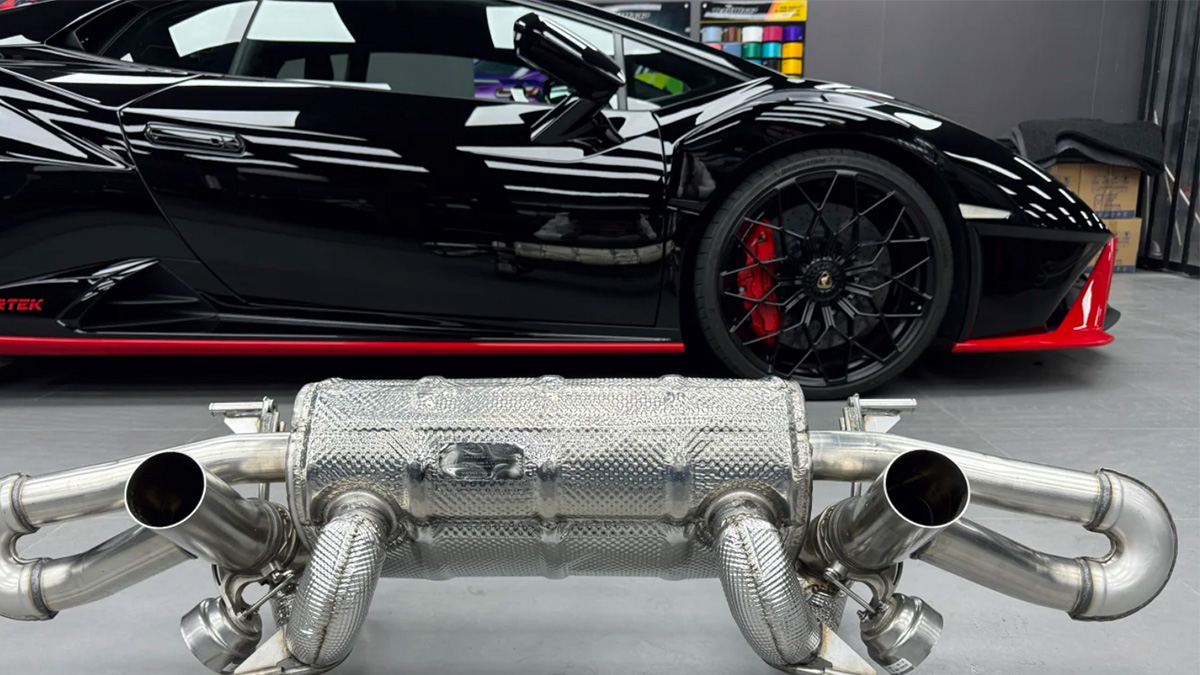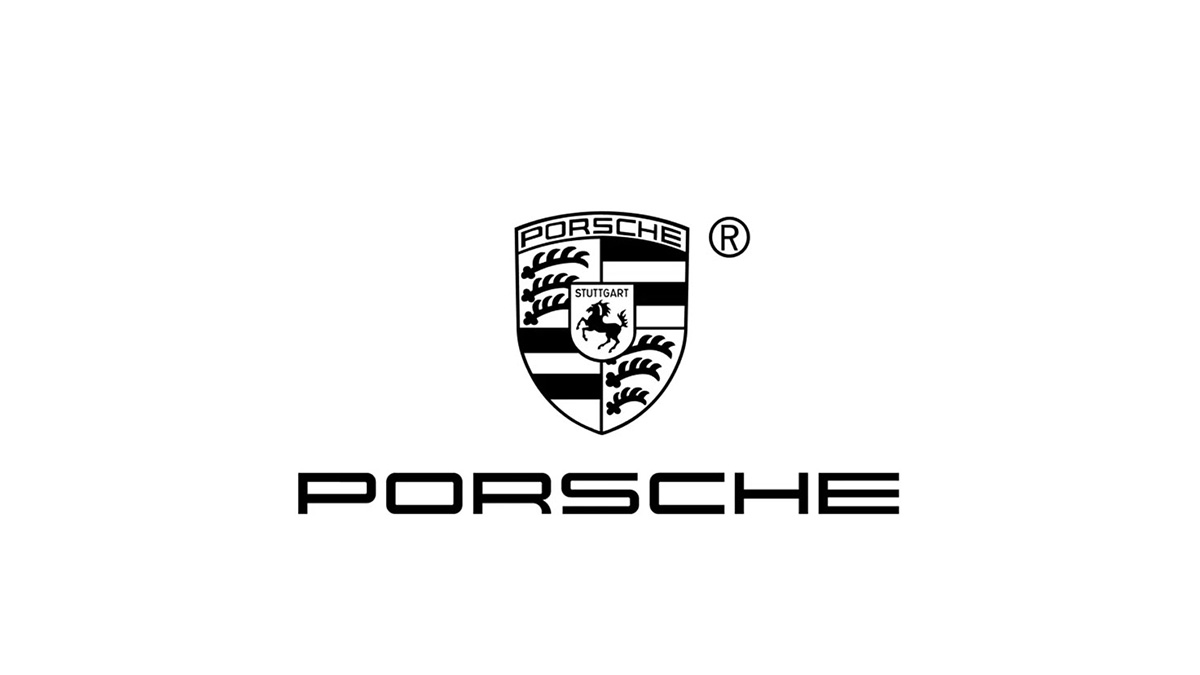Latest Trends in Aerodynamics and Power in the Porsche 911 Turbo

The Porsche 911 Turbo stands as a testament to engineering excellence and sports car innovation. Over 50 years ago, Porsche introduced turbocharging technology into its race cars, achieving 17 out of 19 victories at Le Mans. This legacy continues to define the Porsche 911 Turbo, blending cutting-edge aerodynamics with unmatched power. Features like the iconic ‘whale tail’ spoiler revolutionized stability and performance, setting benchmarks for competitors. With its all-wheel drive and active aerodynamics, the Porsche 911 Turbo delivers precision and usability, making it a leader in both everyday driving and high-performance scenarios.
Key Takeaways
The Porsche 911 Turbo has a long history of improvements.
It has changed over time to boost speed and efficiency.
Special designs, like Porsche Active Aerodynamics, help it stay steady.
These features make the 911 Turbo one of the best cars.
Future models may use hybrid tech to mix power with eco-friendliness.
This change matches what many car buyers want today.
Light materials, like carbon fiber, make the car faster and easier to drive.
These materials also make driving more fun and exciting.
Porsche works hard to make the 911 Turbo a top sports car.
It inspires other car makers and fans around the world.
The Legacy of the Porsche 911 Turbo
Evolution of the Porsche 911 Turbo
The Porsche 911 Turbo has undergone remarkable transformations since its debut. Each generation introduced groundbreaking innovations that redefined sports car engineering:
1974: The first 911 Turbo debuted at the Paris Motor Show, showcasing Porsche’s commitment to turbocharged performance.
1993: The 993 generation marked the end of air-cooled engines, introducing a twin-turbocharged system.
1999: The 996 generation transitioned to water-cooled engines, enhancing reliability and efficiency.
2008: The 997 era bid farewell to the iconic Mezger engine, a staple of Porsche’s racing heritage.
2015: The 991 generation introduced turbocharging across the lineup, improving both power and fuel efficiency.
2020: The 992 generation brought advanced turbocharging technology, setting new benchmarks in performance.
2024: The anticipated 992.2 model hints at hybrid integration, blending sustainability with Porsche’s signature power.
These milestones highlight Porsche’s relentless pursuit of innovation, ensuring the 911 Turbo remains at the forefront of automotive excellence.
Why the Porsche 911 Turbo is a Benchmark in Performance
The Porsche 911 Turbo consistently sets the standard for sports car performance. Models like the 996 GT2 achieved a 0-60 mph time under four seconds and a top speed near 200 mph. The 997 generation introduced direct-injection engines and PDK transmissions, combining speed with comfort. The Turbo S Exclusive edition surpassed 600 horsepower, showcasing Porsche’s ability to push boundaries.
Porsche’s focus on engineering precision ensures that every 911 Turbo delivers exceptional performance. Features like active suspension management and variable turbine geometry enhance handling and acceleration. These innovations make the 911 Turbo a benchmark for competitors and a dream for enthusiasts.
The Porsche 911’s Influence on Sports Car Trends
The Porsche 911 Turbo has shaped the sports car industry in profound ways. Its turbocharged engines, first seen in the 930 Turbo, set new standards for power and efficiency. The iconic whale tail spoiler improved aerodynamics, influencing designs across the industry.
Model | 0-60 mph Time | Top Speed | Horsepower | Nürburgring Lap Time |
|---|---|---|---|---|
996 GT2 | < 4 seconds | ~200 mph | 450 hp | 7:47 |
997.2 Turbo | N/A | N/A | 641 hp | N/A |
991.2 Turbo S | N/A | N/A | 573 hp | N/A |
Turbo S Exclusive | N/A | N/A | > 600 hp | N/A |
GT2 RS | N/A | N/A | 700 hp | N/A |
Porsche’s innovations have inspired competitors to adopt similar technologies, from turbocharging to active aerodynamics. The 911 Turbo’s legacy continues to influence the future of high-performance cars.
Aerodynamic Advancements in the Porsche 911 Turbo

Porsche Active Aerodynamics
Cooling Flaps and Front Spoiler Innovations
Porsche Active Aerodynamics (PAA) transforms how you experience driving. This system adapts to various conditions, offering eight configurations that enhance stability and efficiency. Cooling flaps in the front open or close depending on the engine’s needs, ensuring optimal temperature control. The front spoiler also adjusts dynamically. During hard braking, it lowers while the rear wing extends, creating an “airbrake” effect. This feature increases resistance, helping the car slow down more effectively.
PAA also includes specialized modes like “Performance 2” and “Wet.” In “Performance 2,” the system balances drag reduction and downforce at high speeds, ensuring stability above 257 kph. Meanwhile, “Wet Mode” raises the rear spoiler to improve grip on slippery roads. These innovations make the Porsche 911 Turbo a marvel of aerodynamic engineering.
Enhancing Stability with Adaptive Spoilers
The adaptive spoilers in the Porsche 911 Turbo are designed to give you confidence at any speed. The rear spoiler adjusts its height and angle based on driving conditions. At high speeds, it increases downforce, keeping the car planted on the road. In everyday driving, it minimizes drag to improve fuel efficiency. This balance between performance and practicality ensures that you get the best of both worlds.
Lightweight Design for Performance
Carbon Fiber Integration
Porsche uses carbon fiber extensively in the 911 Turbo to reduce weight without compromising strength. Components like the roof, rear wing, and interior trims benefit from this lightweight material. By shedding unnecessary weight, the car achieves better acceleration and handling. This focus on weight reduction complements the twin-turbo flat-six engine, enhancing overall performance.
Optimized Body Shapes for Reduced Drag
The body of the Porsche 911 Turbo is sculpted to perfection. Every curve and contour serves a purpose, reducing drag and improving airflow. The sleek design channels air efficiently around the car, minimizing turbulence. This aerodynamic refinement not only boosts speed but also improves fuel efficiency, making the 911 Turbo a leader in its class.
Advanced Cooling Systems
Engine Cooling Through Aerodynamic Design
The Porsche 911 Turbo’s cooling system is a masterpiece of engineering. Air intakes are strategically placed to direct airflow to the twin-turbo flat-six engine. This design keeps the engine at an optimal temperature, even during high-performance driving. By integrating cooling into the aerodynamics, Porsche ensures reliability and efficiency.
Brake Cooling for High-Performance Driving
High-performance driving generates immense heat, especially in the brakes. The Porsche 911 Turbo addresses this with advanced cooling ducts. These ducts channel air directly to the brakes, preventing overheating and maintaining consistent performance. Whether you’re on the track or the highway, this system ensures that your brakes perform flawlessly.
Powertrain Innovations in the Porsche 911 Turbo

Turbocharged Engine Enhancements
Variable Turbine Geometry (VTG) Technology
The Porsche 911 Turbo’s engine incorporates Variable Turbine Geometry (VTG) technology, a game-changer in turbocharging. This innovation optimizes exhaust gas flow to the turbochargers, ensuring peak performance across all RPM ranges.
VTG reduces turbo lag, delivering immediate power at low RPM.
It enhances power output at high RPM, making acceleration seamless.
The engine achieves peak torque at 1,950 RPM and maintains it through 5,000 RPM.
These advancements ensure that you experience consistent power delivery, whether cruising or pushing the limits on the track.
Increased Horsepower and Torque
The 911 Turbo’s 3.8-liter twin-turbocharged flat-six engine combines direct fuel injection (DFI) with VTG technology. This setup produces 500 horsepower and 479 lb-ft of torque. The result is a responsive engine that excels in both performance and efficiency. You’ll notice reduced turbo lag and improved responsiveness, making every drive exhilarating.
Hybrid and Electrification Trends
Potential Hybrid Integration in Future Models
Porsche is embracing hybrid technology to enhance its high-performance sports cars. The upcoming 911 Hybrid, set to debut in 2024, will feature a high-performance hybrid drive. This model may include a dual powertrain configuration, with electric power driving the front axle and a traditional engine powering the rear. This approach ensures that you enjoy the brand’s signature performance while benefiting from electrification.
Balancing Sustainability with Performance
Porsche balances sustainability with performance by integrating hybrid systems without compromising driving dynamics. Models like the Panamera E-Hybrid and Cayenne E-Hybrid showcase this commitment. These vehicles reduce emissions while maintaining the thrilling driving experience you expect. Porsche also explores sustainable materials, such as recycled components, to minimize environmental impact.
Advanced Driving Systems
Porsche Active Suspension Management (PASM)
PASM enhances your driving experience by adjusting the suspension to suit different conditions.
Setting | Effect on Dampers | Driving Experience |
|---|---|---|
Normal | Softens dampers | Provides excellent comfort |
Sport | Firms dampers | Delivers dynamic handling |
This system combines comfort and sportiness, ensuring that you enjoy a smooth ride on city streets and precise handling on winding roads.
Enhanced Driving Modes for Precision and Agility
The Porsche 911 Turbo includes advanced driving systems like Porsche Traction Management (PTM) and Porsche Stability Management (PSM). These features optimize power distribution and stability, giving you confidence in every turn. The Porsche Torque Vectoring system further enhances handling, making the car agile and responsive. Whether you’re navigating tight corners or accelerating on a straightaway, these systems ensure precision and control.
Comparing the Porsche 911 Turbo to Other Sports Cars
Aerodynamics: The Porsche 911 Turbo’s Edge
The Porsche 911 Turbo sets itself apart with its advanced aerodynamic features. Porsche Active Aerodynamics (PAA) plays a pivotal role in enhancing performance. This system offers eight configurations tailored to different driving conditions. For instance, during hard braking, the front spoiler lowers, and the rear wing extends to create an “airbrake” effect. This design increases resistance, helping you decelerate more effectively. Additionally, modes like “Performance 2” optimize drag reduction and downforce at high speeds, while “Wet Mode” improves grip on slippery surfaces. These innovations ensure the 911 Turbo remains stable and adaptable, giving it a clear edge over other high-performance sports cars.
Power and Performance: Standing Out in the Market
The Porsche 911 Turbo delivers exceptional power and performance, rivaling even the most elite sports cars.
The 911 Turbo debuted with a 513-hp version of its 3.8-liter boxer-six engine.
The Turbo S accelerates from 0 to 60 mph in just 2.6 seconds, matching the Bugatti Veyron’s speed.
Around the Nürburgring, the Turbo S outpaced the GT3 RS by two seconds.
The Turbo S Exclusive edition broke the 600-hp barrier, while the GT2 RS reached an impressive 700 horsepower.
These achievements highlight the 911 Turbo’s ability to combine raw power with precision engineering, making it a standout in the competitive sports car market.
The Porsche 911 Turbo’s Unique Blend of Luxury and Technology
The Porsche 911 Turbo seamlessly combines luxury and cutting-edge technology, offering a driving experience like no other.
Feature | Description |
|---|---|
Performance | Incredible performance paired with breathtaking driving dynamics. |
Comfort | A sporty yet comfortable interior that balances power with refinement. |
Porsche Active Aerodynamics | Optimized aerodynamics for better performance, fuel efficiency, and reduced CO₂ emissions. |
Porsche Connect | Advanced digital functions for navigation, contact synchronization, and calendar access. |
This unique blend of features ensures that the 911 Turbo not only excels as a high-performance sports car but also provides the comfort and convenience you expect from a luxury brand. Whether you’re drawn to its exhilarating speed or its state-of-the-art technology, the Porsche 911 Turbo delivers an unmatched driving experience.
Future Trends in Aerodynamics and Power for the Porsche 911 Turbo
AI and Machine Learning in Aerodynamic Design
The future of aerodynamics in the Porsche 911 Turbo lies in the integration of AI and machine learning. These technologies allow engineers to refine designs with unprecedented precision.
Porsche employs AI-driven digital twin technology to create virtual models of the 911 Turbo. This approach enables simulations under various conditions, reducing the need for physical testing.
The Porsche Active Aerodynamics (PAA) system now includes eight configurations. One standout feature is the “airbrake,” which adjusts the front spoiler and rear wing during hard braking to enhance stability and safety.
These advancements ensure that you experience optimal performance and control, whether on the track or the highway. AI-driven design not only improves aerodynamics but also aligns with market trends emphasizing efficiency and innovation.
Advancements in Electric and Hybrid Powertrains
Hybrid technology is reshaping the future of the Porsche 911 Turbo. The brand is exploring ways to enhance performance while maintaining its iconic driving experience.
Feature | Specification |
|---|---|
Engine Type | 3.6-L flat-six ICE |
Electric Turbocharger Power | Up to 11 kW from exhaust gas |
Total System Power | 398 kW (534 hp) |
Torque | 449 lb·ft (610 N·m) |
Battery Type | Compact high-voltage lithium-ion |
Battery Capacity | 1.9-kW·h (gross) |
Voltage | 400 V |
The electric turbocharger minimizes lag by delivering compressed air instantly to the engine. It also recovers heat energy, boosting power output. Porsche’s upcoming hybrid models will combine electric power for the front axle with a traditional engine at the rear. This dual powertrain configuration reflects market trends that prioritize both performance and sustainability.
Sustainability and the Future of High-Performance Cars
Sustainability is a key focus for Porsche as it develops the next generation of high-performance cars. The upcoming 911 Hybrid will feature a high-performance hybrid drive, blending electric power with a traditional engine. This innovation demonstrates Porsche’s commitment to reducing environmental impact without compromising performance.
The refreshed 992.2 911 GTS will also include hybrid features that optimize turbocharger speed. Additionally, Porsche is incorporating sustainable materials, such as recycled components and leather-free upholstery, into its designs. These efforts align with market trends that emphasize eco-friendly practices while maintaining the brand’s reputation for luxury and innovation.
By embracing these trends, Porsche ensures that the 911 Turbo remains a leader in both performance and sustainability.
The Porsche 911 Turbo exemplifies automotive engineering excellence, blending luxury with cutting-edge performance. Its advancements in aerodynamics, like the adaptive spoilers and carbon-ceramic brakes, redefine stability and efficiency. Powertrain innovations, including counterrotating turbochargers and hybrid integration, enhance acceleration and sustainability. These features, combined with the all-wheel drive system and Porsche Communication Management System, elevate your driving experience. The influence of technology in the 911 Turbo sets benchmarks in the market, shaping future trends in cars. As a pioneer, it continues to inspire the industry with its unique fusion of luxury and performance.


